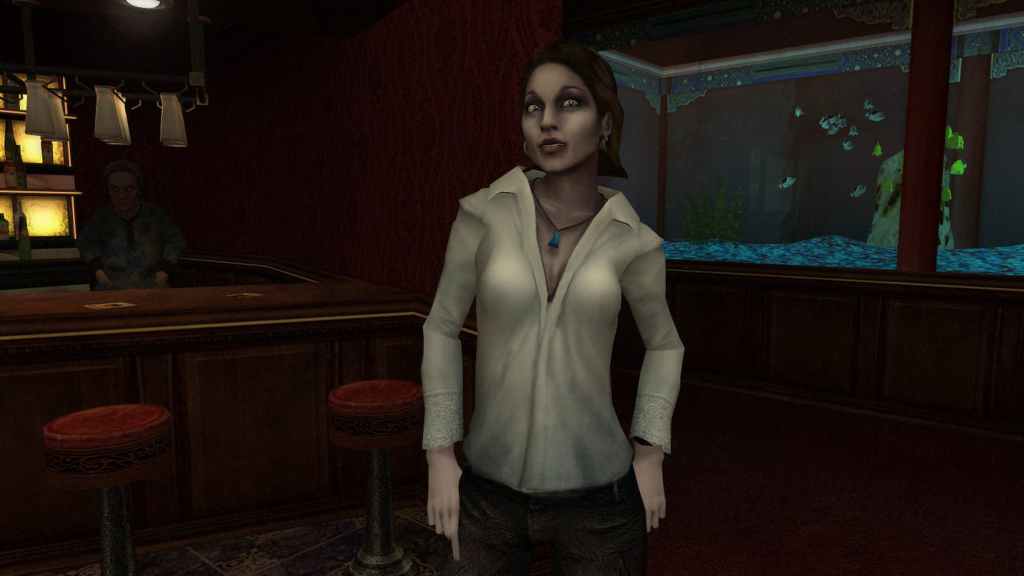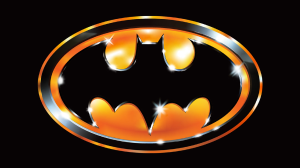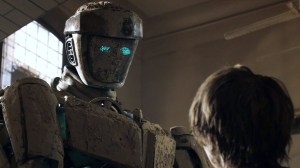The history of gaming is littered with success stories. Why, just 2025 alone is stacked with potential Game of the Year candidates. These titles often launch to praise and are celebrated from release day onward. However, some titles are not so fortunate. Sometimes it comes down to technical issues, missing features, or just unrealistic expectations. For whatever reason, these get hate, both unwarranted and justified. But for some of these games, fans realize they were wrong, often years down the road, whether by updates from the developer or a change of heart. Being labeled a failure at release does not mean a game can’t find success or a cult following later.
Videos by ComicBook.com
The titles listed below were initially hated on release. The reasons varied, as some failed to meet promises made or just didn’t live up to the expectations of the gaes that came before them. However, each has gained a loyal fanbase and achieved cult popularity. These three games prove that the line between disaster and cult classic is thinner than expected.
3) No Man’s Sky

No Man’s Sky is one of the biggest success stories today, but that wasn’t always the case. Hello Games marketed it as a universe-sized adventure, promising a procedurally generated sandbox of infinite exploration where players could discover planets, creatures, and mysteries solo or in multiplayer. But this isn’t what the studio delivered on launch day. Missing features like multiplayer interaction, meaningful progression, and variety felt painfully absent, so fans and critics slammed it.
But rather than accept the criticism and abandon the game, Hello Games continued working on No Man’s Sky. Now, nine years later, it has been transformed into a cult classic thanks to years of free updates that have largely added everything that was promised and more. Base and ship building, true multiplayer, VR support, expansive stories, and countless quality-of-life features have turned this disaster around.
No Man’s Sky is the perfect example of a comeback story. It not only recovered, but is now thriving. It is a living platform that has become not just a playground for players, but a testing ground for Hello Games’ upcoming game, Light No Fire. While the game was treated harshly at launch, it is one of gaming’s most celebrated titles in the sci-fi and space genres.
2) Vampire: The Masquerade – Bloodlines

If No Man’s Sky is a tale of the developer never giving up on the game, then Vampire: The Masquerade – Bloodlines is a story of its fan base believing in the title and saving it. On paper, it should have had everything going for it. The RPG dropped players into a gritty world ruled by vampires in the dark, offering an atmospheric world, choice-driven storytelling, and deep customization.
Unfortunately, its launch was a mess. Unlike the overpromised and underdelivered No Man’s Sky, developer Troika Games released a technical mess. Bugs, performance issues, and balance problems ruined what could have been a great title. It was further hindered by a major shift from the first game, as well as Half-Life 2, released in the same year with the same engine and better performance.
But its story didn’t end there. Fans worked tirelessly, releasing mods and unofficial patches to not only bring the game to a playable state but also expand on it. Through the fan base’s efforts, Vampire: The Masquerade – Bloodlines would turn into one of the most beloved cult RPGs of all time. It remains to be seen if its sequel will have the same effect, but two decades later, it maintains a passionate community.
1) Super Mario Sunshine

Super Mario Sunshine was released in 2002, which meant it had the unimaginable task of following up Super Mario 64, one of the most celebrated games ever made. Expectations were high, and players wanted to see an exciting sequel. Instead, they got an ambitious and experimental game that was very different from its predecessor. It changed locations to the tropical Isle Delfino and introduced the F.L.U.D.D. water pack, a major change.
Reactions were mixed. Its creativity and new mechanics were praised, but some did not care for the reliance on F.L.U.D.D. or criticized the controls. Frustrating level designs and a harder-than-expected difficulty further alienated players. Super Mario Sunshine would become known as the black sheep of Mario games, and many dropped it after finishing it, whereas these fans came back to Super Mario 64 time and time again.
Over time, though, perceptions changed. Players came to appreciate the game’s charm and its experimental mechanics. In hindsight, many realized Super Mario Sunshine was ahead of its time. Its playful physics and open-world exploration would eventually be used as inspiration for Super Mario Odyssey. In the end, it would be its quirks that were once seen as flaws that would go on to solidify it as a cult classic on the GameCube.
What do you think? Leave a comment below and join the conversation now in the ComicBook Forum!









